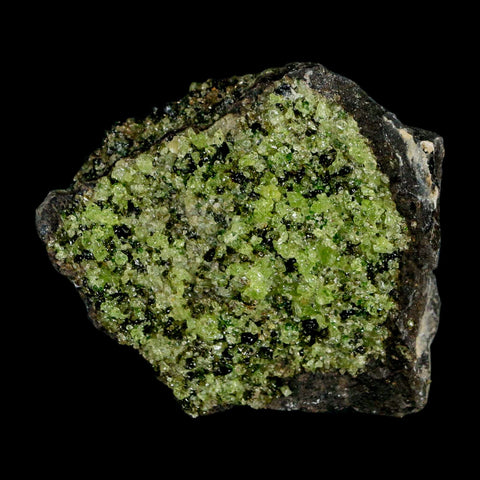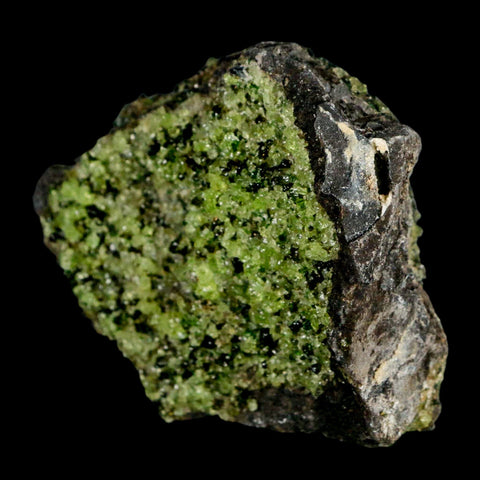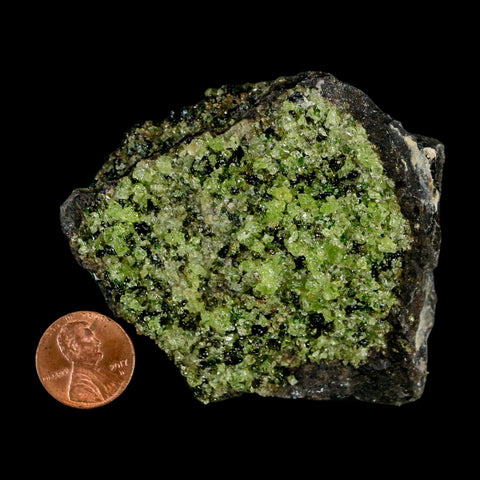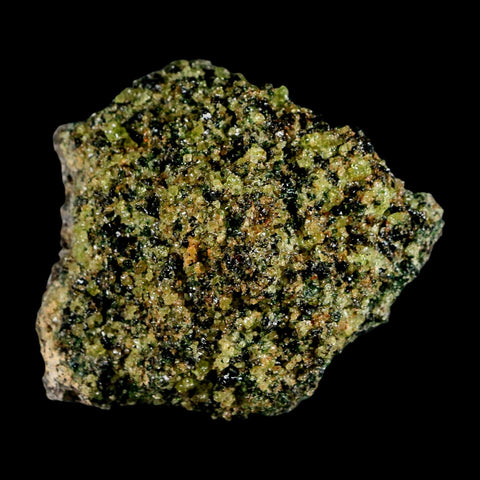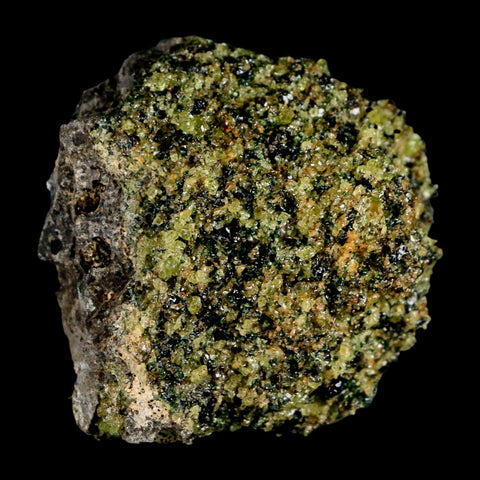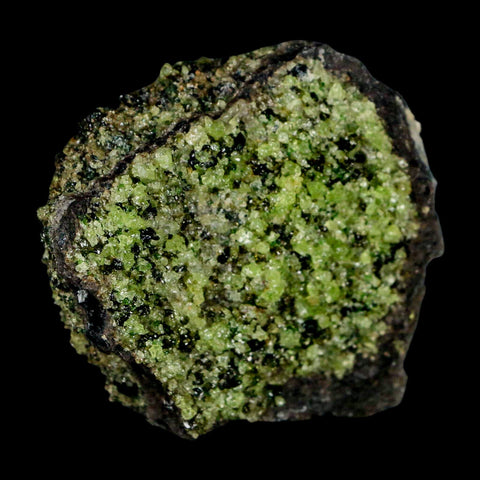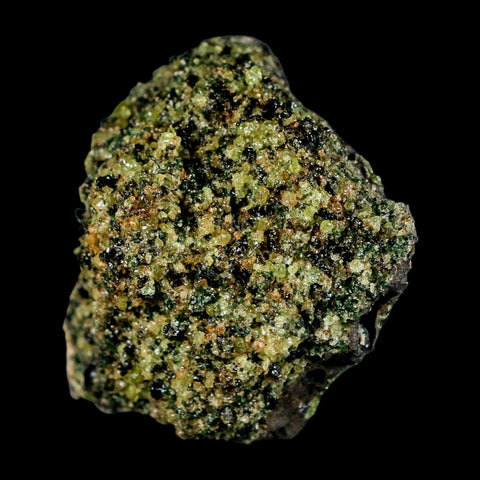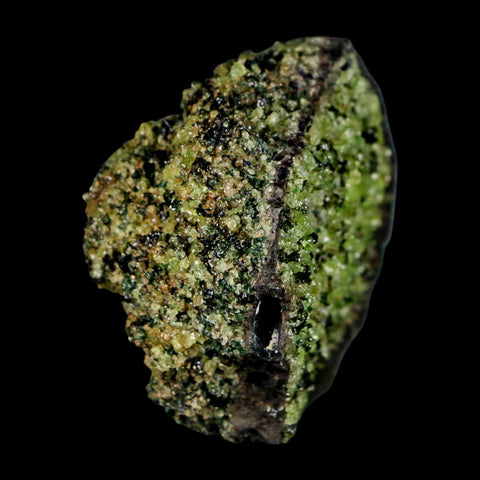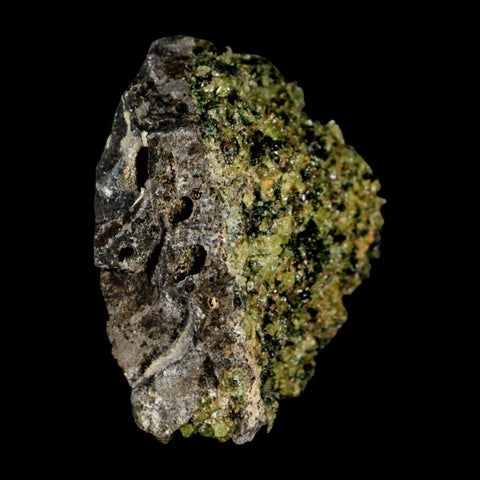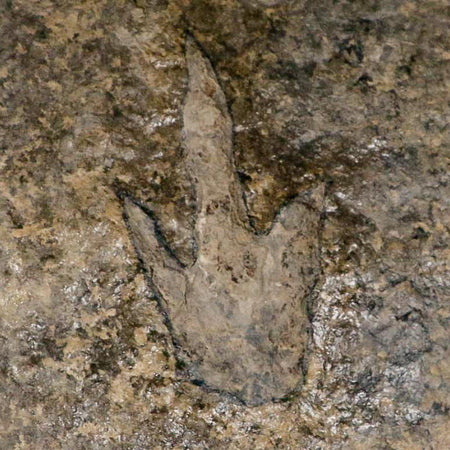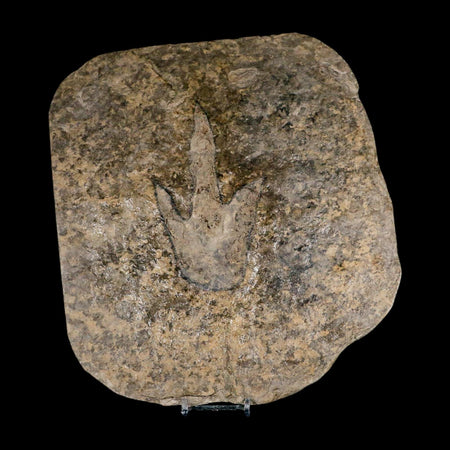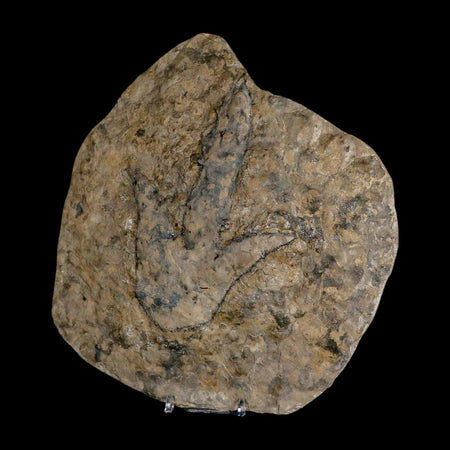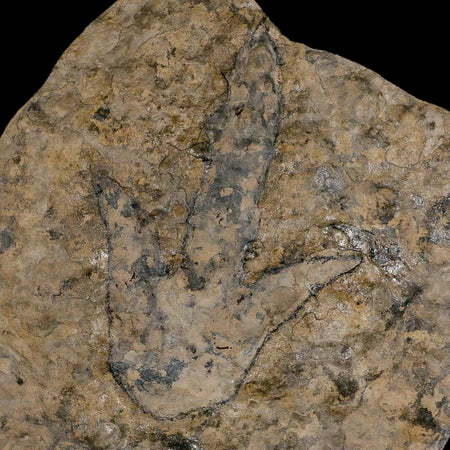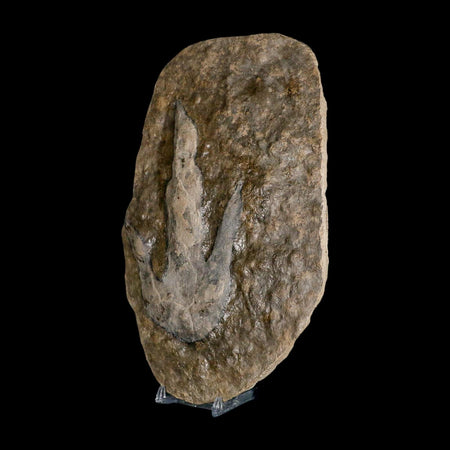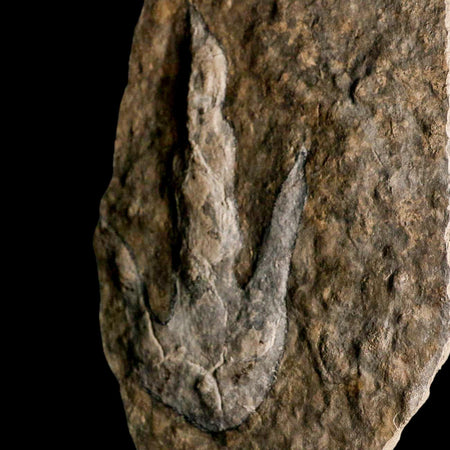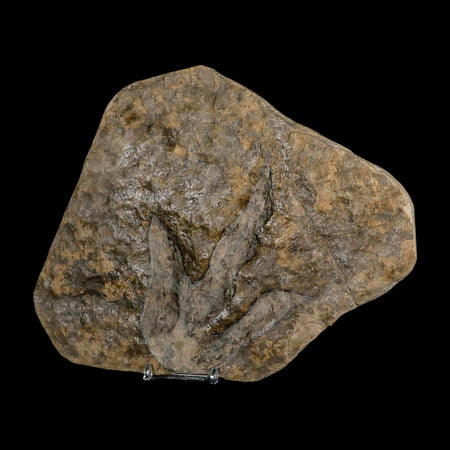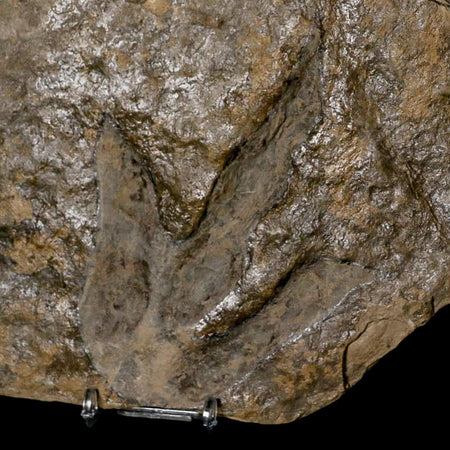2.9" Emerald Peridot Crystals, Chrome Diopside And Spinel On Volcanic Rock Gila, AZ
Location: Gila, Arizona
Weight: 8.3 Ounces
Dimensions: 2.9 Inches Long, 2.6 Inches Wide, 1.7 Inches Thick
The item pictured is the one you will receive.
Peridot is a stunning green gemstone belonging to the olivine mineral group, celebrated for its vibrant color and exceptional clarity. Unique among gemstones, peridot occurs exclusively in shades of green, with intensity and hue varying based on the stone’s iron content. Prized for thousands of years, peridot has been widely used in jewelry for its beauty, rarity, and timeless appeal.
With a hardness of 6.5–7 on the Mohs scale, peridot is suitable for rings, earrings, necklaces, and bracelets. However, it is sensitive to heat and chemicals, so careful handling is recommended to preserve its vivid green color and clarity, ensuring it remains a cherished gemstone for generations.
Chrome diopside, also known as Russian diopside, is a rare form of the mineral diopside prized for its deep green color. It is a type of pyroxene mineral and is typically found in igneous rocks such as kimberlites and basalts. Chrome diopside gets its vivid green color from the presence of chromium within its crystal structure. The gemstone is relatively soft compared to other popular gemstones, such as diamonds, making it more prone to scratches and damage.
Chrome diopside is primarily sourced from mines in Siberia, Russia, where it was first discovered in the 1980s. The gemstone has gained popularity in recent years due to its rich color and affordability compared to other green gemstones like emeralds. Chrome diopside is often faceted to enhance its brilliance and is used in various types of jewelry such as rings, earrings, necklaces, and bracelets.
Spinel is a striking mineral belonging to the spinel group, which shares a common crystal structure. Composed of magnesium aluminum oxide, spinel is commonly found in metamorphic rocks. This gemstone is celebrated for its vibrant range of colors, including red, pink, blue, purple, orange, yellow, green, brown, black, and even colorless varieties. The red spinel, in particular, is often mistaken for ruby due to its similar appearance. Prized for centuries, spinel is valued both for its beauty and remarkable durability, making it a popular choice in fine jewelry.


